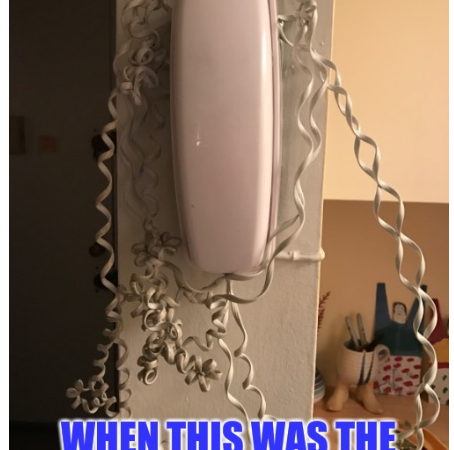Ex Trans Influencer Oli London divorcing ‘BTS Jimin look alike husband’ after switching from female back to male

British influencer and K-Pop singer is filing for divorce from his ‘BTS Jimin look-alike husband’ after just 7 months of marriage. The divorce comes after Oli, 32, recently detransitioned from living as a Korean trans woman back to being a British man.
Oli and Danny married back in July 2021 in a K-Pop plastic surgery themed ceremony, with Oli crediting his 19 year old husband for helping him learn to love himself and drop his extreme Kpop obsession. The pair married when Oli was living as a trans woman but since Oli’s detransition the adjustment and change was ‘too much’ and led the couple to grow apart.
Oli has shared a statement regarding the divorce:
“Although I am sad about the marriage coming to an end, it is also the start of a new chapter. Myself and Danny are at different places in our life right now, we have different priorities. My priority right now is to focus on activism, my newfound faith in Christianity and work through my detransition. Danny is only 19 and has his life ahead of him, he has his own focus and a completely different lifestyle to mine so we are no longer compatible.
When I first married Danny, one of the reasons I was attracted to him was because of his uncanny resemblance to my favorite singer at the time, K-Pop star, Jimin. I have gotten over my unhealthy obsession with Jimin and looking at Danny everyday sadly reminded me of my past obsession. Danny also struggled to adjust to my identity issues and wanted me to remain a trans woman and although he helped me through my detransition, I wasn’t the same person he married.
I am now ready to start a family as I am getting older and want to have children. I will go to the Philippines in the next few months and hope I can find love there with a Filipino woman, who shares my Christian values, and build a future together. Myself and Danny will continue to remain friends and wish the best for each other.”






